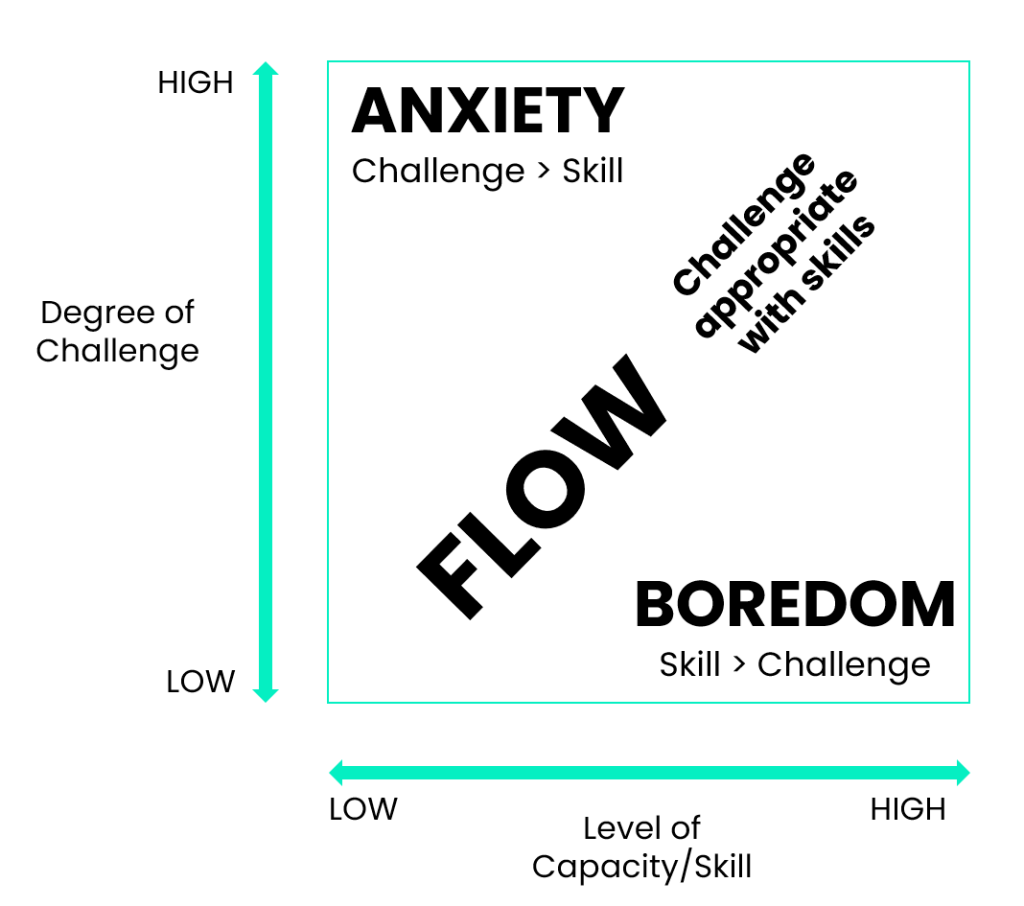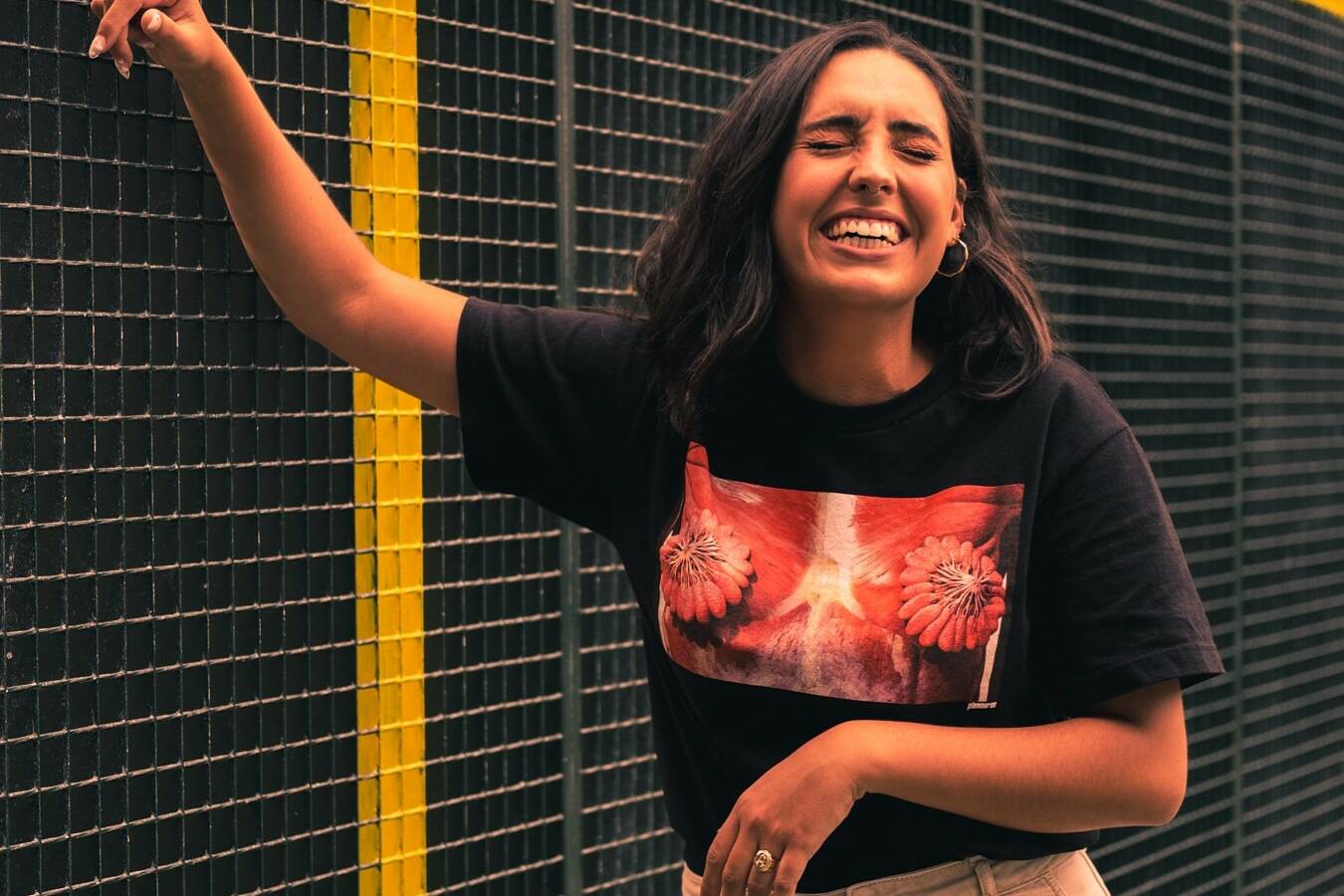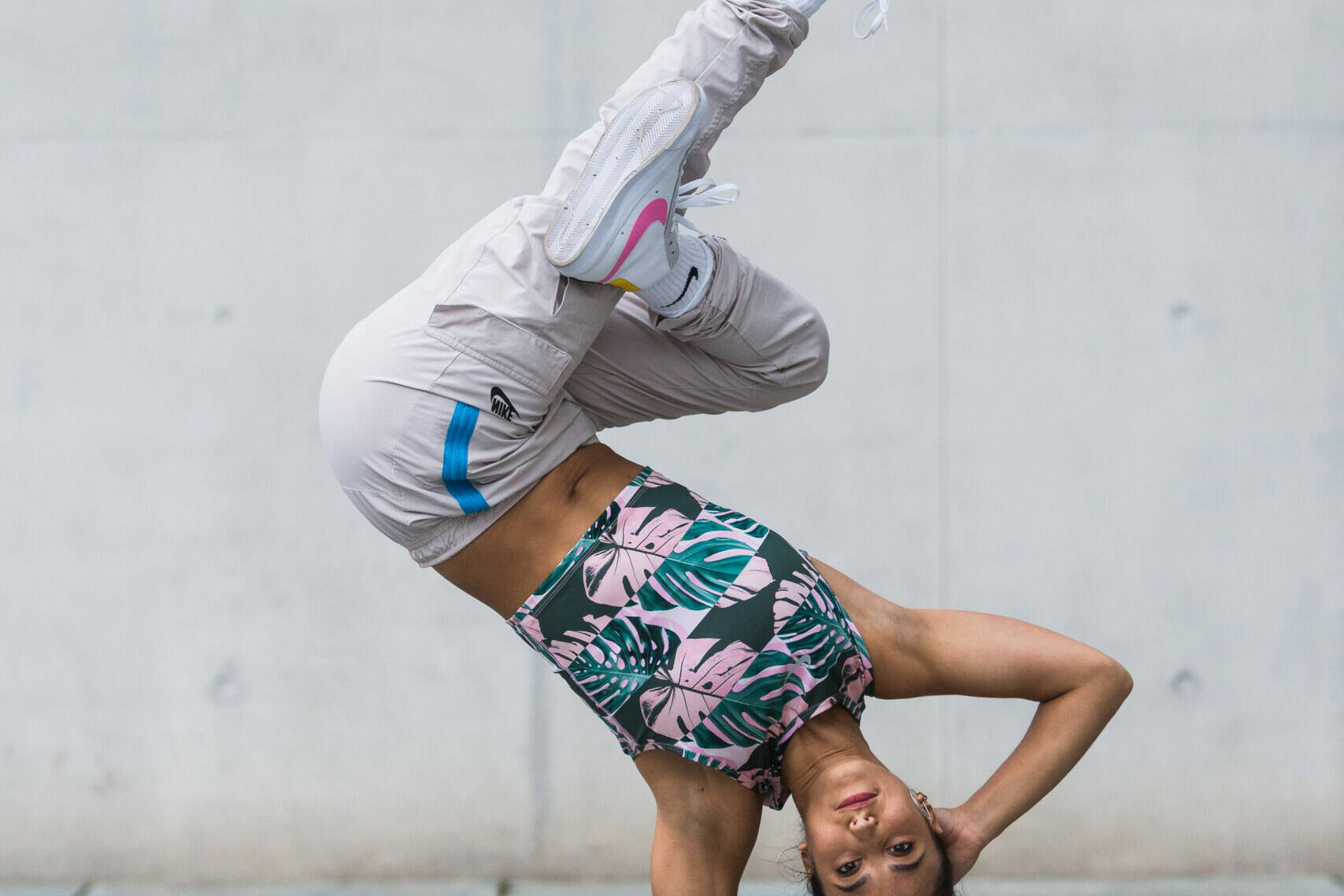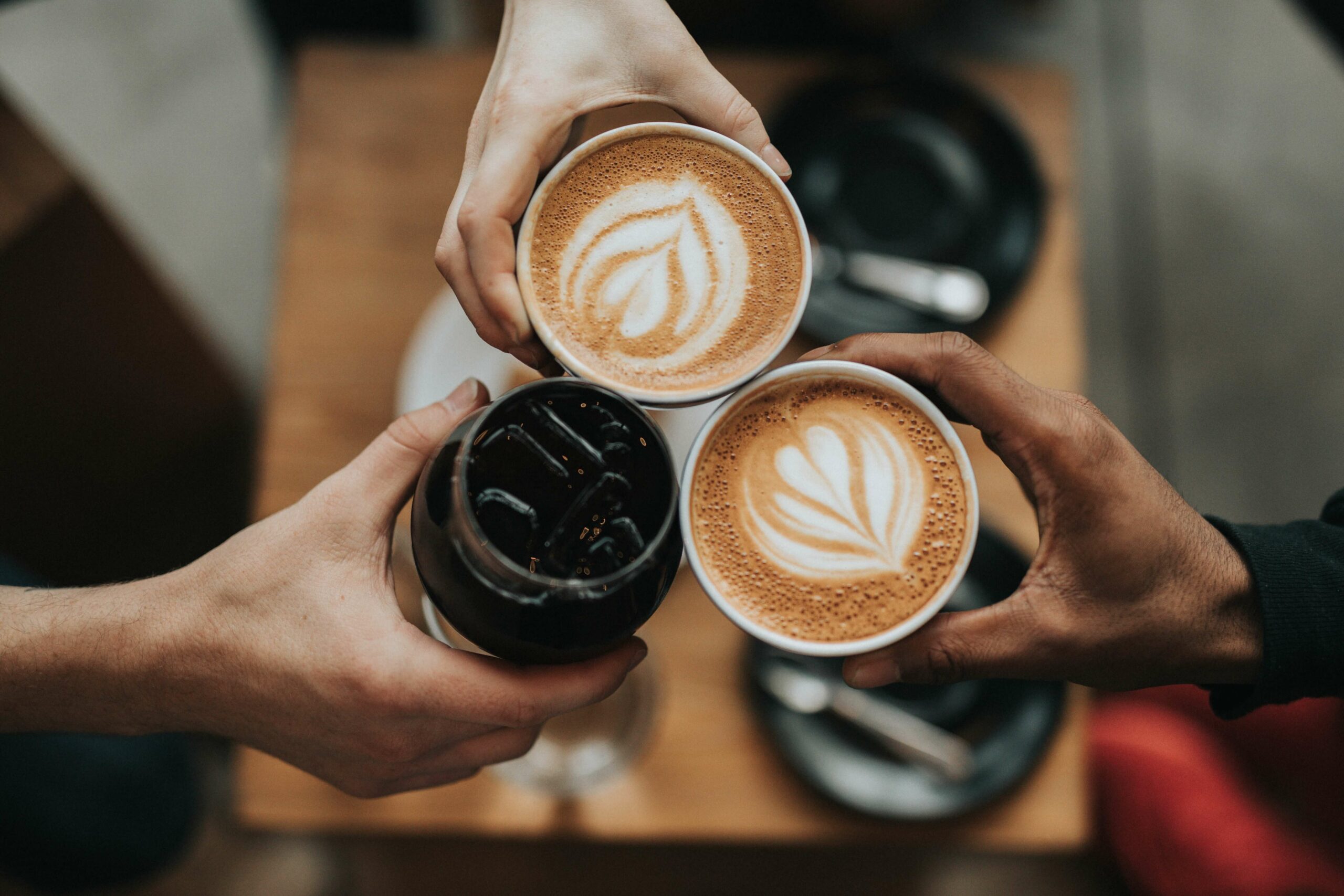You enter a competition. You are super nervous in advance. You train like crazy. You hope you get a nice beat. You hope you don’t get one of the strong dancers in the pre. You hope you don’t slip this time in your windmill, as you did in the last battle. You hope that that one judge you already know won’t yawn again during your round. You didn’t sleep well. All these thoughts in your head. You are not satisfied with your performance. It must be cause you didn’t train hard enough. You need to train harder…
Sounds familiar? The problem might not be your body!
As a dancer, training your mind is as important as training your body. All top athletes do it, and in order to bring the heat in competitons, battles and on stages, your mind power needs to be aligned with your physical strength.
At HE4DS, we use several approaches to Mental Training from various disciplines. All of them are integrated in a functional way and we always make sure to keep our eye on the goals and objectives of a dancer to make our recommendations as practical as possible. Enlightment is cool – but how the heck does it help me to dance, like, super awesome?
We asked ourselves: What do dancers ACTUALLY want?
- to learn a new move
- to feel good while dancing
- to solve a dance-related problem (p.e. I always drop sideways doing move X)
- to perform well in competition
Most of the dancers out there will find common ground in one or more of the things mentioned above, while each of you has their individual goals and intrinsic motivations.
Mental Training sure can hep you with each of those classics. Visualization Techniques, Meditation, Breathwork, Mantra Building are all techniques we teach during our workshops and in our individual coachings.
Flow State
One aspect of Mental Training for Dancers that can’t be really taught in a class is flow state. While you can study the topic and lay the foundation to create the optimal conditions to enter the flow state, it is up to every individual to explore what exactly lets YOU enter flow state. This may also differ from situation to situation, so it’s not a one-stop-shop formula that you only need to figure out once.
That’s why it is super important to understand the psychological funamentals of Flow and try out certain triggers and methods until you find your personal flow-key.
What is flow?
Flow happens in the subconscious mind. That’s why it is so hard to excercise. Controlling your subconsciousness is a difficult task: just think about how hard it is to control what you dream at night. Same thing.
The following characteristics define the flow state:
- Best feeling & best performance
- No sense of self
- Different sense of time
- Acting automatically/spontaneously
- No thinking, no worrying, no hesitating
- Perfect skill execution
- Increased focus
In short, flow is the state where you don’t need to think anymore about what you are doing and how you do it, things just fall into place and it feels really good.
In terms of brain waves, flow can be found in a much more calm state than one would assume. Because we perform so well in flow state, intuitively we’d locate it when your brain is at peak focus. But actually, when you measure brain waves of people who are in a flow state, they will be much closer to the calm states of meditation, intuition, relaxation and creativity.
The key to flow is CHILLED FOCUS.
HE4DS Method
Now relaxing at home is relatively easy compared to a stressful situation like a competition or a show. This is why you need to train your body to react in certain ways, instead of the usual spontanous reaction which may not always be beneficial (like fear, shaking, anger, …). This counts towards mental traininng in general, not just fow state.
To achieve flow state you need to find the happy balance between challenge and your skills. If the challenge exceeds your skills, you get anxious. If your skills are way above the challenge, you get bored. If the two match perfectly, chances are high you enter flow state.

Beside that ratio, there are many other factors that are beneficial to trigger flow. here are some examples:
- Passion & commitment to what your doing: In other words, the less you care, the less likely it is to enter flow state.
- Risk drives focus: Risk stimulates focus, and focus enhances your chance to flow. Beware: This counts only as long as you’re not crossing the fine line to anxiety or panic!
- Clear goals: Try to enter the situation with an explicit goal. That can be everything, from straight-up WINNING to “I want to enter the cypher at least N times” to “I want to have as much fun as possible”. Bonus points if you a) close your eyes and actually visualize that goal beforehands and b) if you try to phrase the goal POSITIVELY in your own mind (“I just do NOT want to screw it up this time” does not count!)
- Straight outta the comfort zone: Novel situations can promote creative problem solving which in turn sometimes help to trigger flow state. So throw yourself out in unfamiliar situations every now and then!
- Do it for THEM: Group triggers like shared risks & shared goals are strong flow triggers. If you happen to dance in a crew – congratulations: Wanting to perform well for the people you love to dance with can catapult you into flow state as well.
Did you ever experience flow? How did it feel for you? Which situation triggered it? Let us know in the comments!



